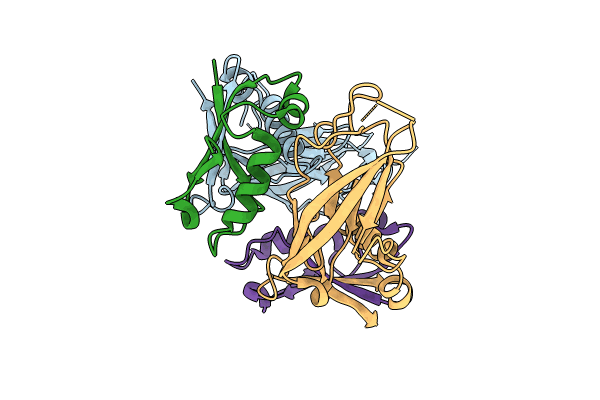
Deposition Date
2023-10-03
Release Date
2024-09-11
Last Version Date
2025-03-26
Entry Detail
PDB ID:
8UF4
Keywords:
Title:
Crystal structure of wildtype dystroglycan proteolytic domain (juxtamembrane domain)
Biological Source:
Source Organism:
Homo sapiens (Taxon ID: 9606)
Host Organism:
Method Details:
Experimental Method:
Resolution:
2.43 Å
R-Value Free:
0.27
R-Value Work:
0.22
R-Value Observed:
0.22
Space Group:
P 21 21 21


